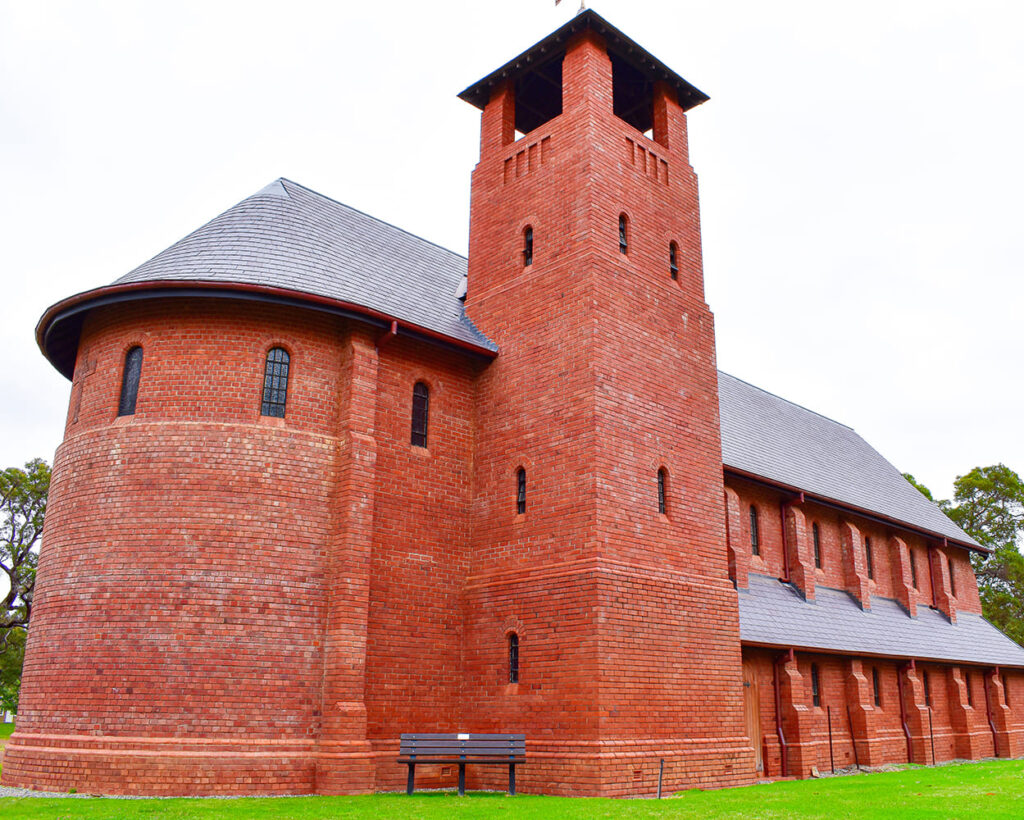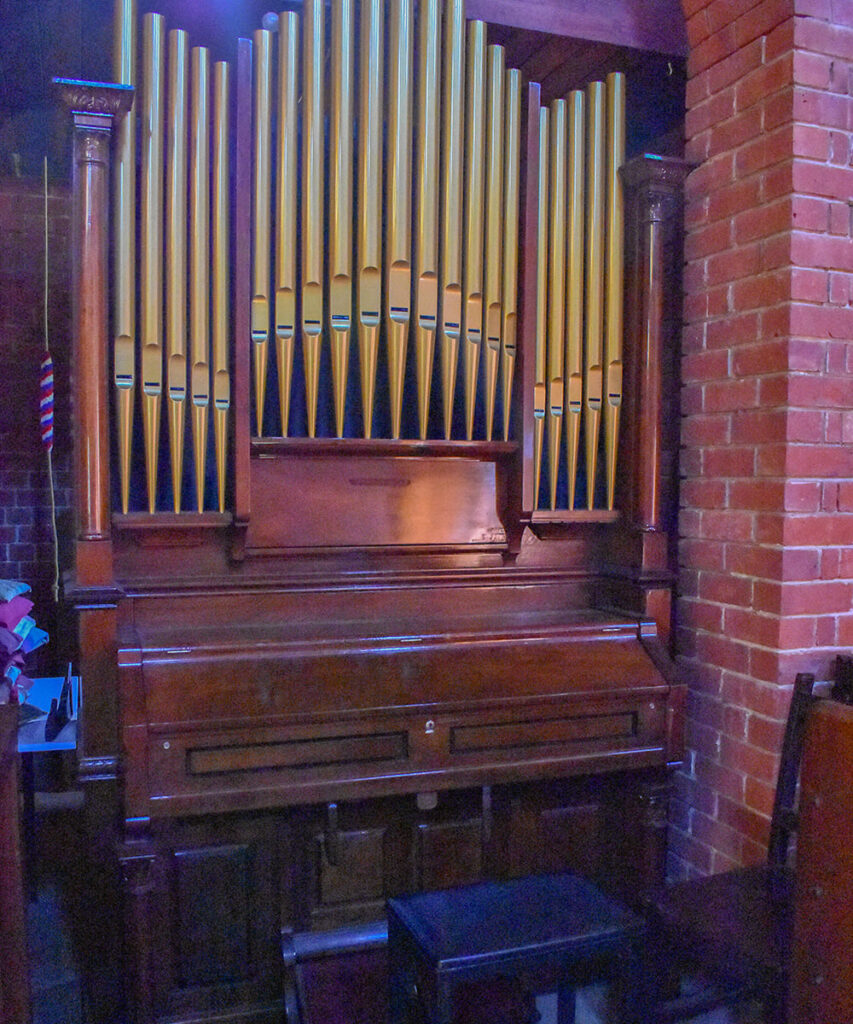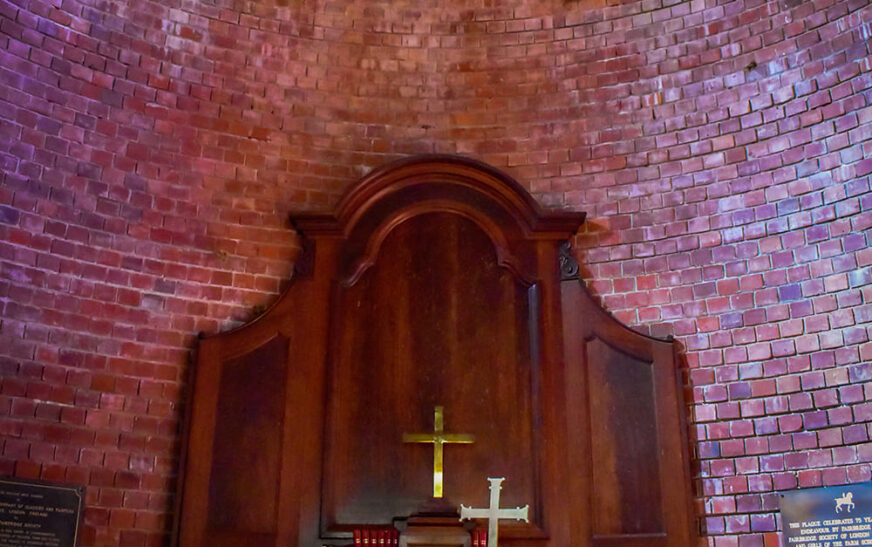Churches have long held significant cultural and historical roles in communities around the world. Their influence extends far beyond being places of worship, and they are often at the heart of local history, shaping the development of the surrounding area. The church’s role in these communities often includes providing a spiritual anchor, fostering community, and contributing to the architectural and social landscape.
The Role of Churches in Community Building
Historically, churches were often the focal point of many communities, serving as more than just a place for religious observance. They were the gathering spaces for people to meet, share ideas, and form social connections. In rural and newly established areas, the church was a cornerstone of community life, often providing a place to celebrate milestones such as births, marriages, and deaths, as well as a location for ongoing social events like community meetings and gatherings.

A Central Role in Education
In many historical contexts, churches played an essential role in education. In early colonial settlements or areas without formal educational institutions, the church was often the only venue for learning. Sunday schools were a common feature in many churches, where children were taught not only religious principles but also basic literacy and numeracy. The church became an integral part of the educational landscape, offering a moral and intellectual foundation for the next generation.
Architectural Significance and Cultural Heritage
The architecture of a church often serves as a tangible connection to the past, with its design reflecting the period in which it was built. In many communities, especially in rural or historically significant locations, the church is one of the few remaining examples of early architecture, offering insights into the building styles, craftsmanship, and materials of the time. Churches often reflect the unique cultural influences of the area, whether through the use of local materials or through design choices that integrate with the surrounding landscape.
Spiritual and Emotional Significance
The emotional role of churches in many communities cannot be overstated. In times of hardship, the church often provided comfort, guidance, and a sense of belonging. For many, the church was a place to seek solace, to reflect, and to draw strength from a sense of spiritual connection. In historical communities where families were often separated from their wider networks, churches provided a sense of continuity and stability.
Whether through religious services, weddings, baptisms, or memorials, the church was integral in marking the key life events of its community members. The shared experiences that occurred in the church helped to foster a strong sense of communal identity. These events were often seen as collective milestones, bringing the community together to celebrate and mourn as one.
The Role of Churches in Preserving Local History
As the years pass, many churches evolve from places of worship to historical landmarks that serve to preserve the stories and heritage of their communities. These churches often act as repositories of memory, holding records of past generations and reflecting the changes that have occurred in the area.
In some cases, churches have been preserved as cultural landmarks, attracting tourists and historians alike who are eager to understand the community’s past. The church is not just a building; it is a living testament to the people and events that have shaped the region. Whether still in use for religious purposes or repurposed as heritage sites, these churches continue to tell the story of the community, ensuring that future generations can learn from the past.

A Symbol of Continuity in Changing Times
While the roles of churches in many locations have evolved over the years, their core function as a symbol of continuity remains strong. The church stands as a constant through times of change, adapting to new needs while retaining its place in the community’s identity. In rural or historically significant areas, the church can represent the endurance of the community’s spirit, serving as a reminder of how much has been achieved and how far the community has come.
Churches continue to play important roles in many communities today, not only in terms of religious observance but also as community centres, educational hubs, and repositories of cultural heritage. They are integral to the identity of a place, offering a connection to the past while serving the needs of the present and future generations. As long as communities continue to value these buildings, churches will remain symbols of both spiritual and social continuity.
Conclusion
Churches have long been pivotal in shaping the communities they serve. From their roles as spiritual centres to their involvement in education, architecture, and social life, they have a unique place in local history. Whether as symbols of faith, community, or cultural heritage, churches often stand at the heart of the areas they serve, offering a link between past and present.













